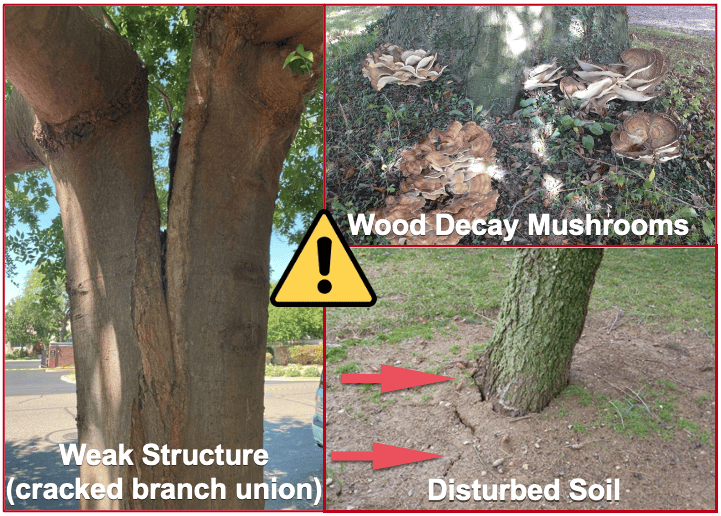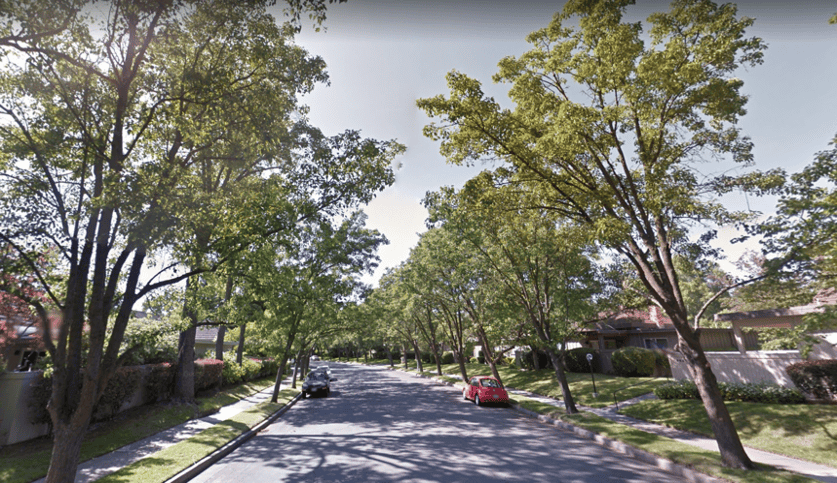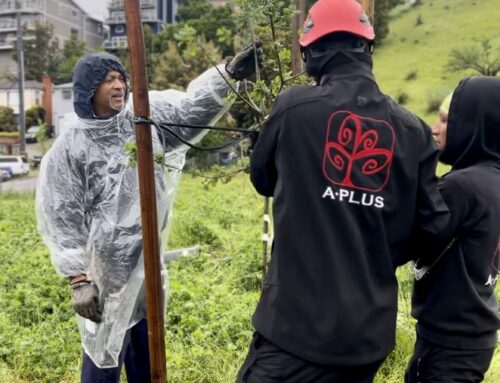We love trees! We don’t like removing them, but when we do, it’s for good reasons. When considering tree removal, here are some of the things we look at. You can perform your own tree assessment by using this simple rule - the 4 D's!
1. Dead
Ok, this one's easy. If the tree is dead, out it goes. Dead trees have dry, brittle wood, increasing risk of failure and flammability. Remove it, what are you waiting for?
2. Diseased
Some tree diseases, like fire blight and anthracnose, can be treated or prevented if we take action early. Others, such as powdery mildew, are mostly cosmetic. But there are some root and stem diseases that severely compromise the tree's integrity and could result in failure. If it's too late to save the tree, remove it before it comes crashing down!
3. Dangerous
We've just discussed how dead and extremely diseased trees are dangerous. Other potential dangers to look out for are weak branches, deep cracks, severe leaning, disturbed soil, and wood-decay mushrooms. All of these can compromise tree stability, putting people and property at risk.
4. Distance
Sometimes, a tree is planted too close to buildings and other infrastructure. It's growing into walls, foundations, pavement, and utility lines. If the tree canopy and roots cannot be safely pruned and maintained at a proper distance, remove the tree and plant a suitable replacement elsewhere for sustainable, long-term management.
|








